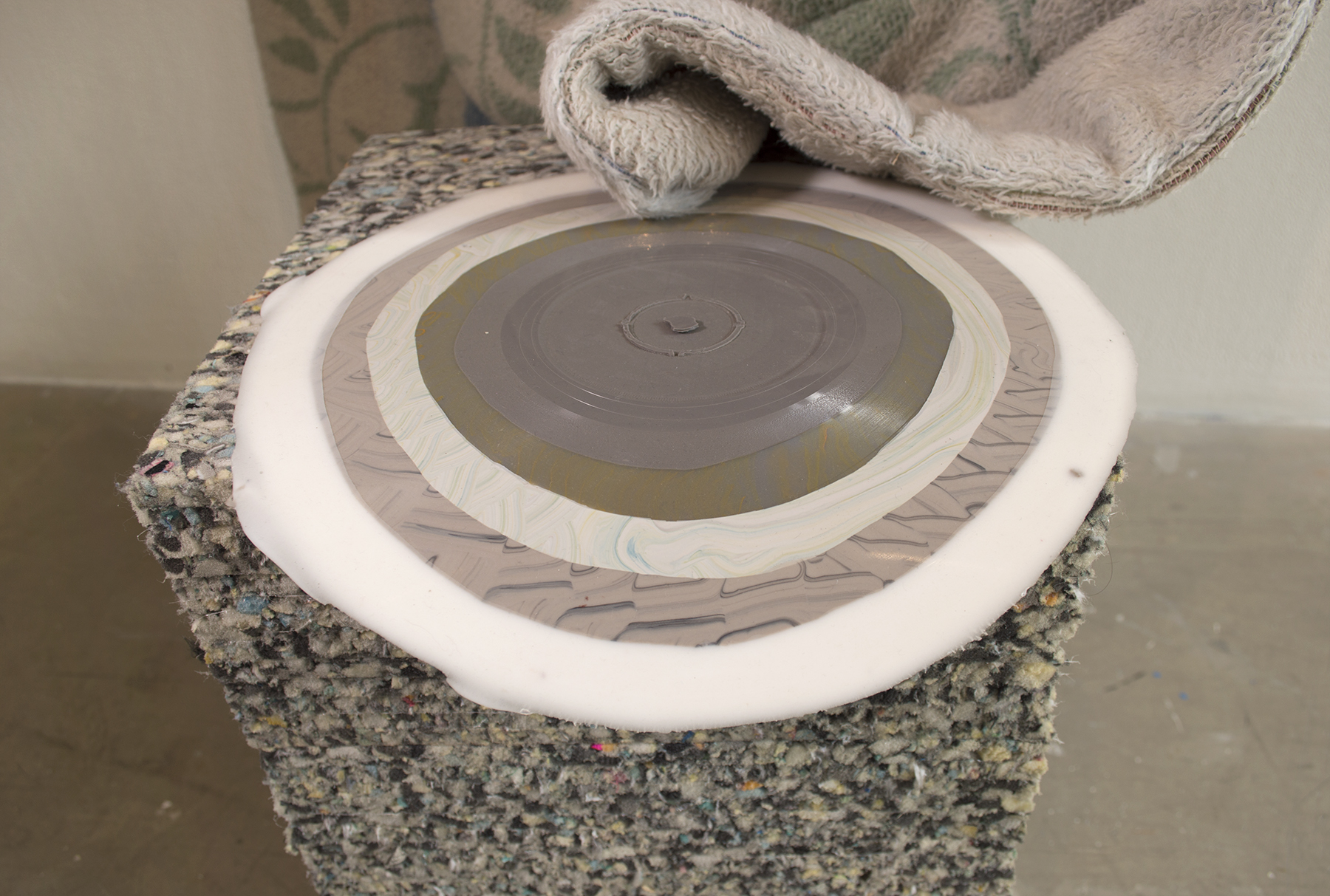
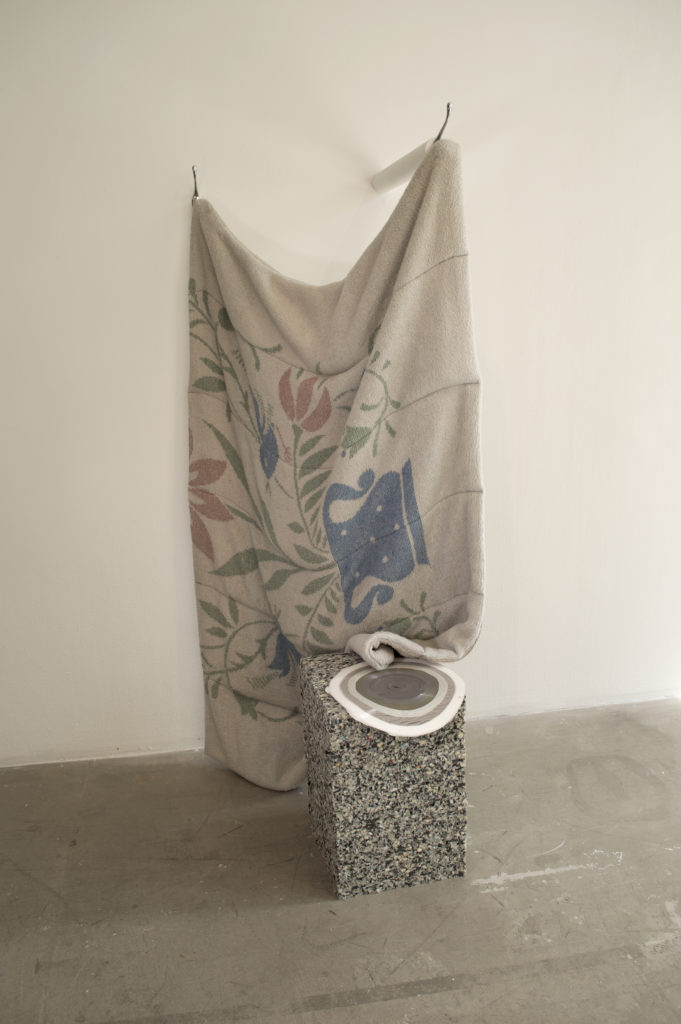
Play the record:


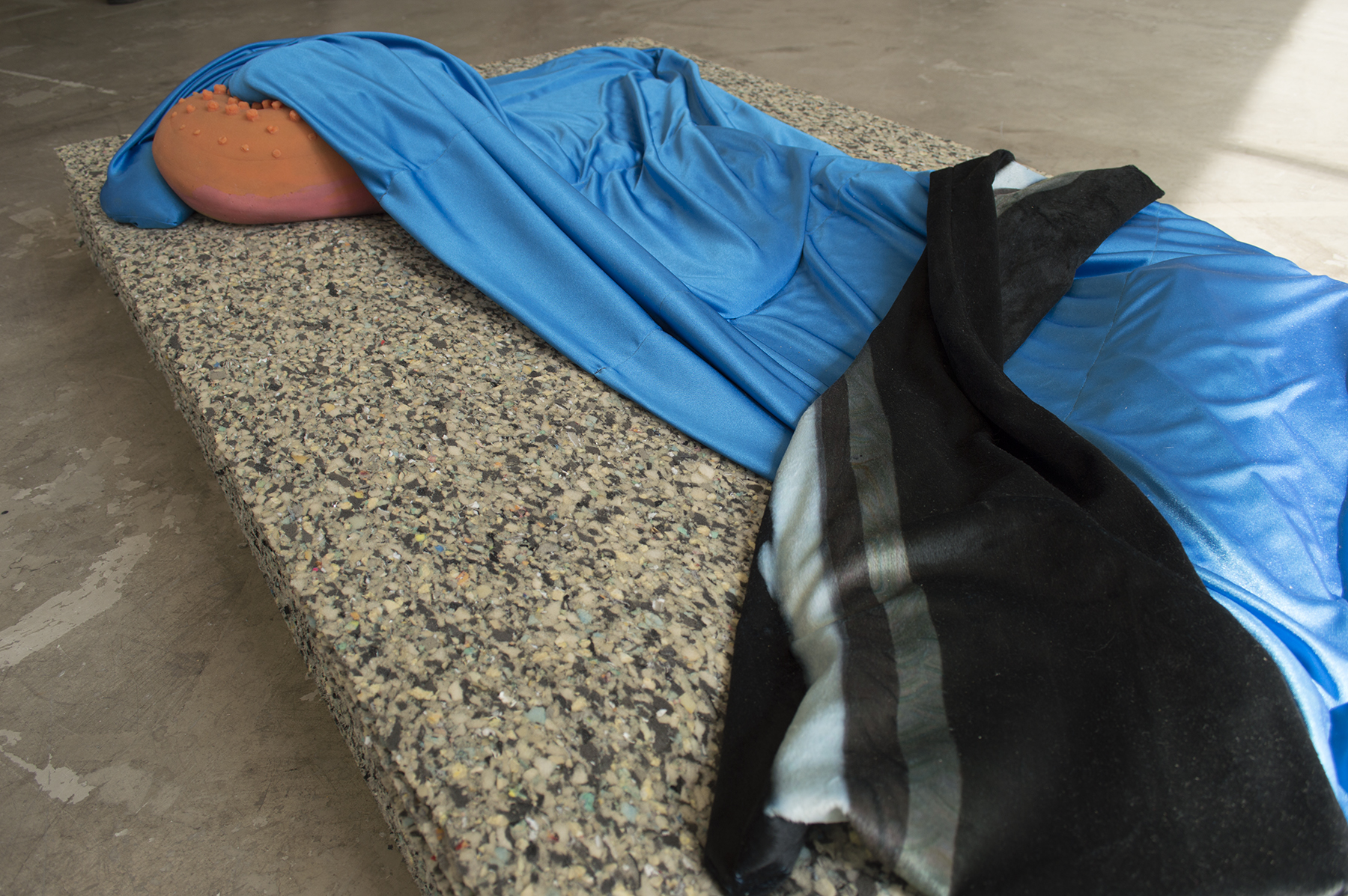
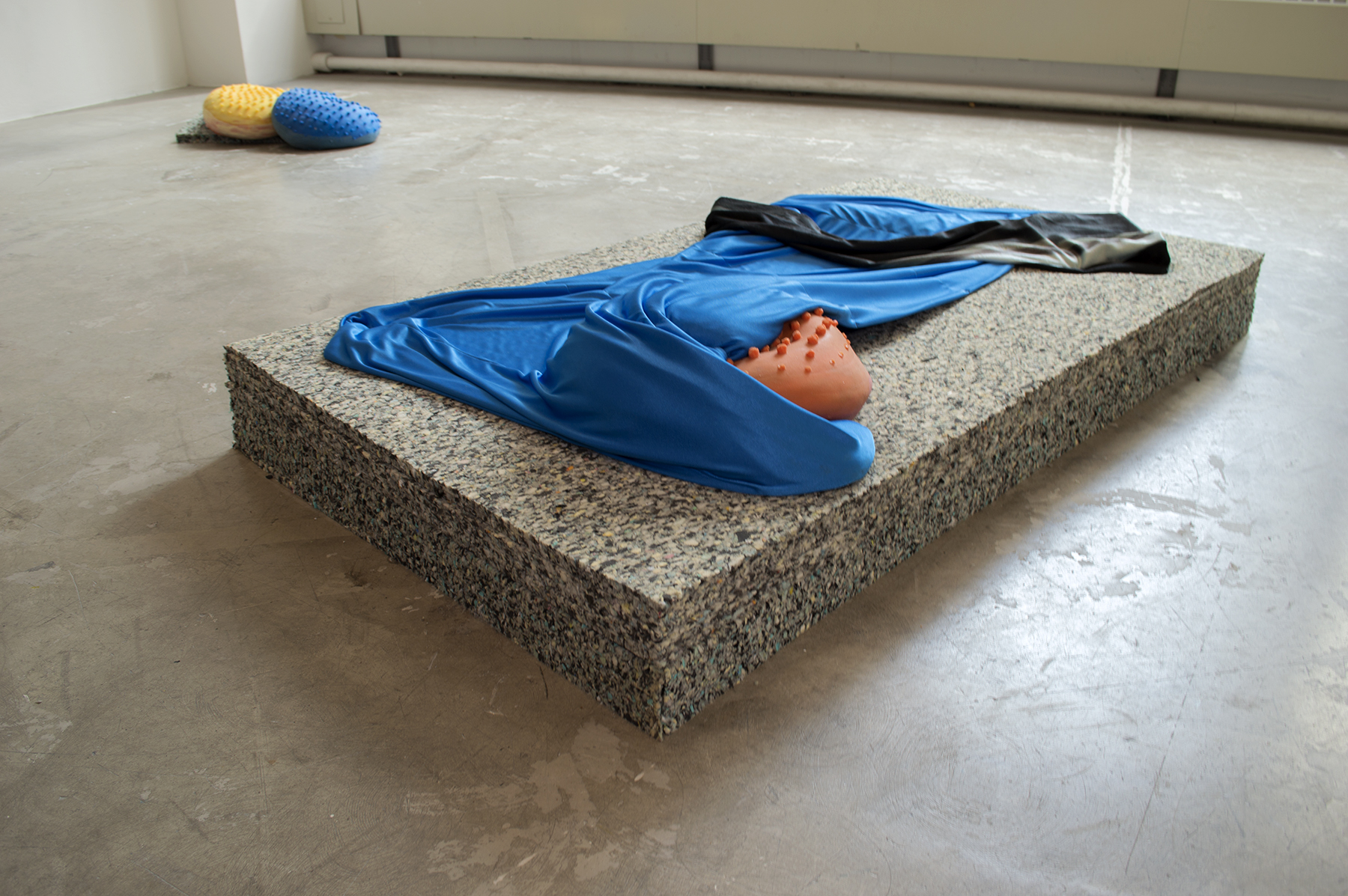
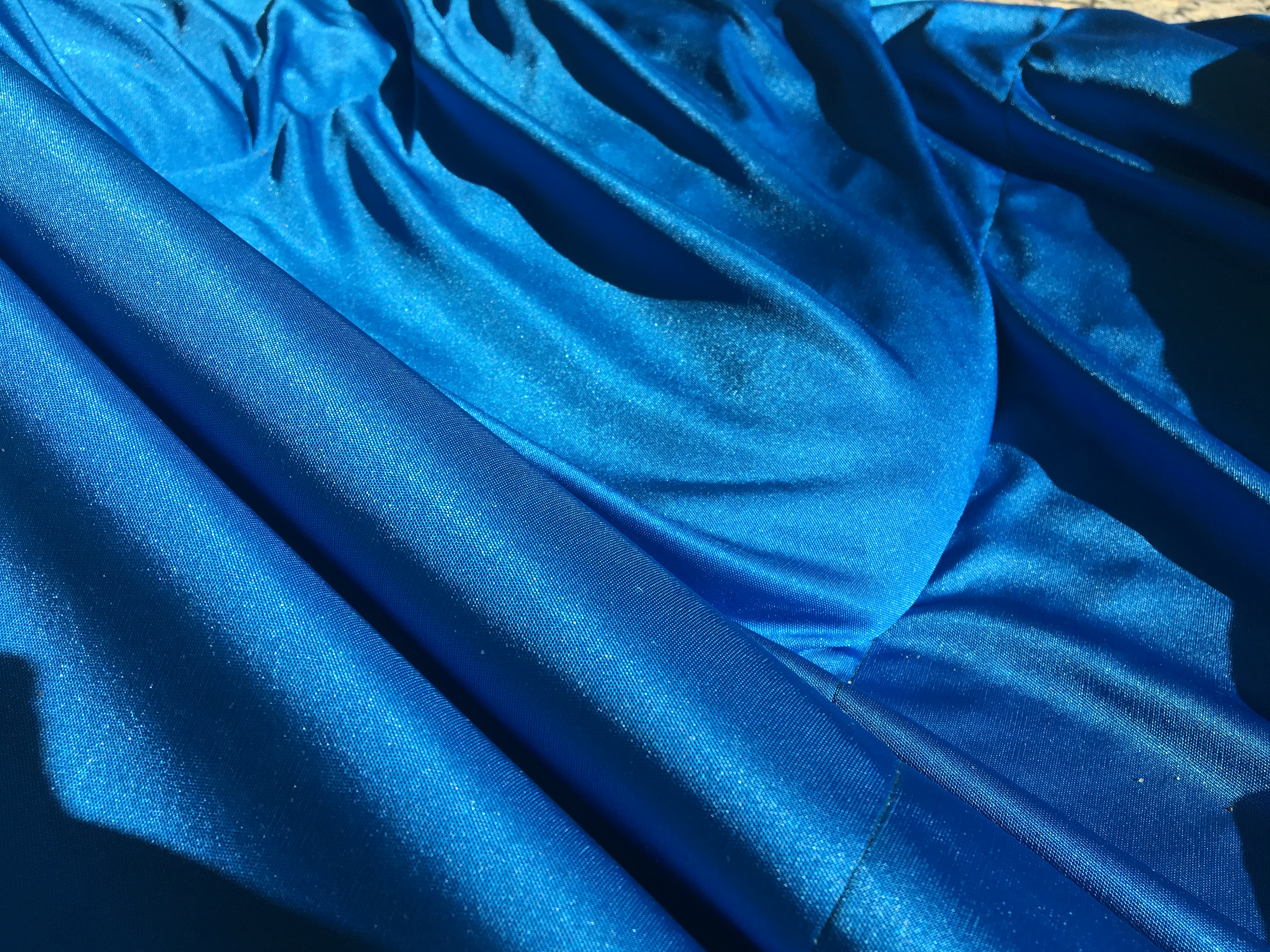
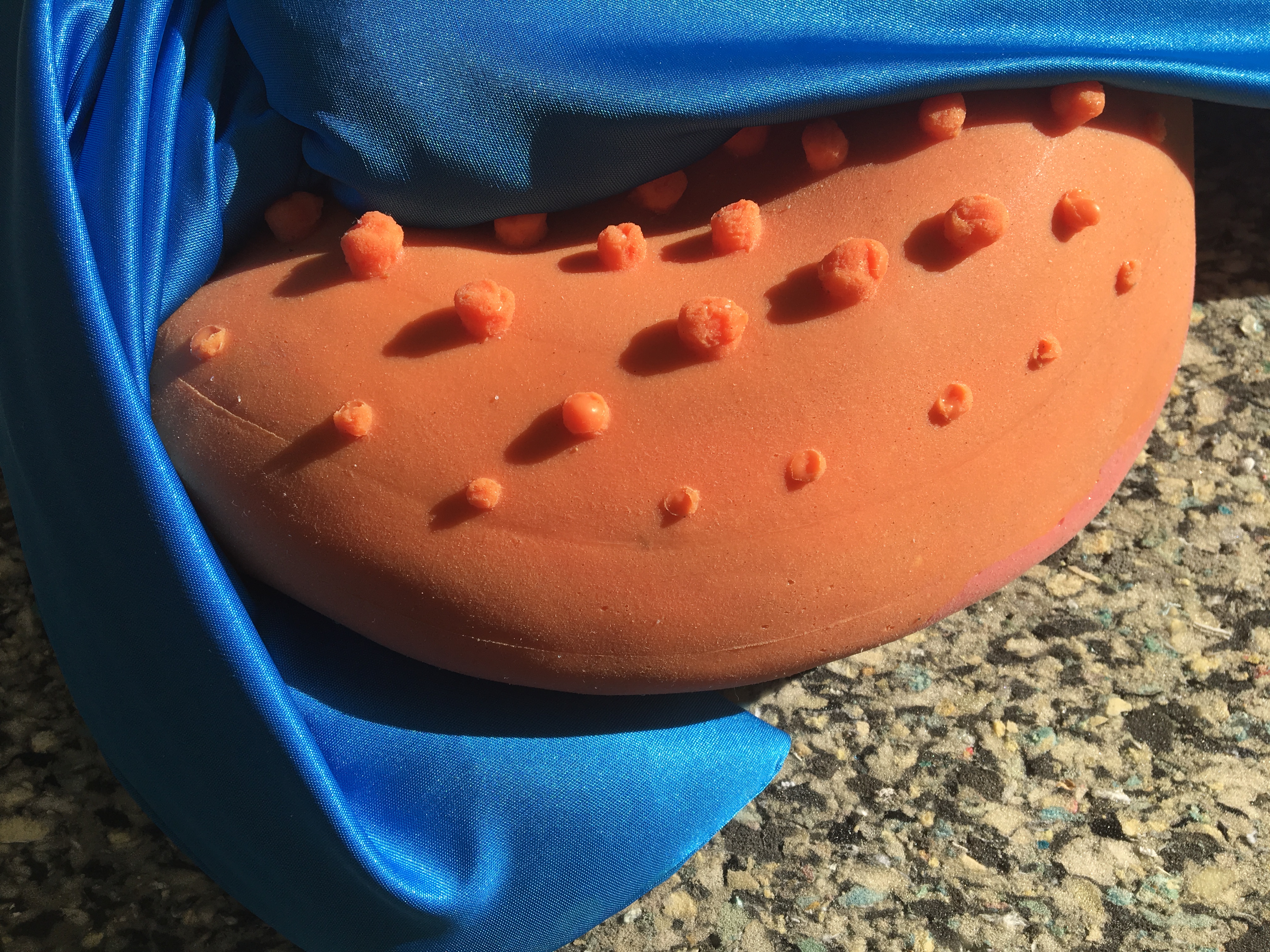
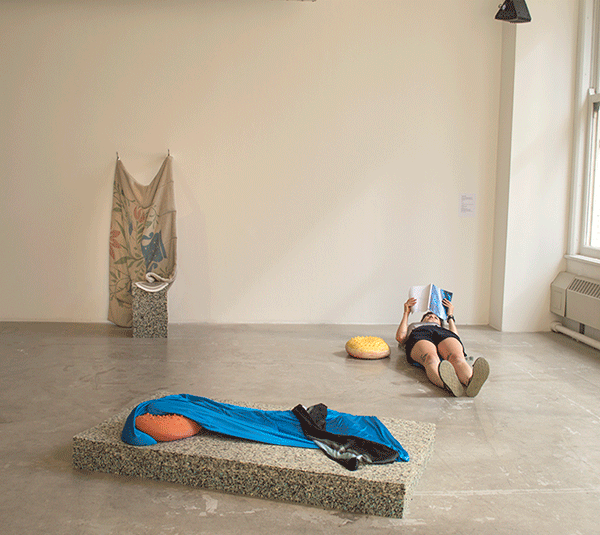
Close To You, 2018
Link to performance lecture script
–
The song “They Long to Be Close to You” was written by songwriters Burt Bacharach and Hal David in 1963, but made famous in 1970 by the Carpenters. Since its creation, the song has been recorded and performed countless times. The sentimental schlocky lyrics and intonations have been absorbed and adapted by performers across genres. Carpenters, Isaac Hayes, Diana Ross, Richard Chamberlain there is even a punk version by the Circle Jerks which did not make it into this piece. The coverability of the song in a sense makes it a poor, low-brow node of culture that is highly shareable and fluid, like how Hito Steyerl speaks of the poor image which is a low grade .jpeg that gets compressed and loses resolution via its digital circulation. The shareability of a piece culture communicates the sentiment recorded into our objects.
These other objects?
They come from Sensory Integration Therapy which seeks to help those with sensory overstimulation disorder or people on the Autism spectrum.
Sensory integration objects are designed to reduce the need for stimming out, such as flapping one’s hands, hitting, spinning, humming, and repeating a word or phrase. These actions overcompensating for sensory overload or disorientation. Alongside therapeutic intervention, they are designed to allow a person to interpret the world through differentiating sensorial inputs. So a weighted blanket, for example, weeds out a need for self-stimulatory behavior for the sake of integrating into an implicit social norm for neurological function and participation.
The objects here attempt to settle an overwhelming feeling that comes out of the song communicating beyond its semantic sentiment, becoming disjointed and incoherent. The song itself is stemming and these objects are piecing the social-emotional world together largely devoid of human touch.
This is a world of partial objects trying to becoming a whole permanent object. Close to You presents a depressive position in that pieces of sentimental culture, in its riffs, refrains, objects meant to partition feeling all work to individuate a person. These pieces are meant to facilitate being in and of the social western world, through a contradictory phenomenon of never having full access, be that reflected in the piecemeal sound, or spread out sculptural display. From here we can swoon in an inside-out twist and shout of how mediation can be the means to be merely close.